In this article, we’ll explore the best times to plant blackberries, optimal conditions for their growth, and valuable tips to ensure a bountiful harvest.
Understanding Blackberry Varieties
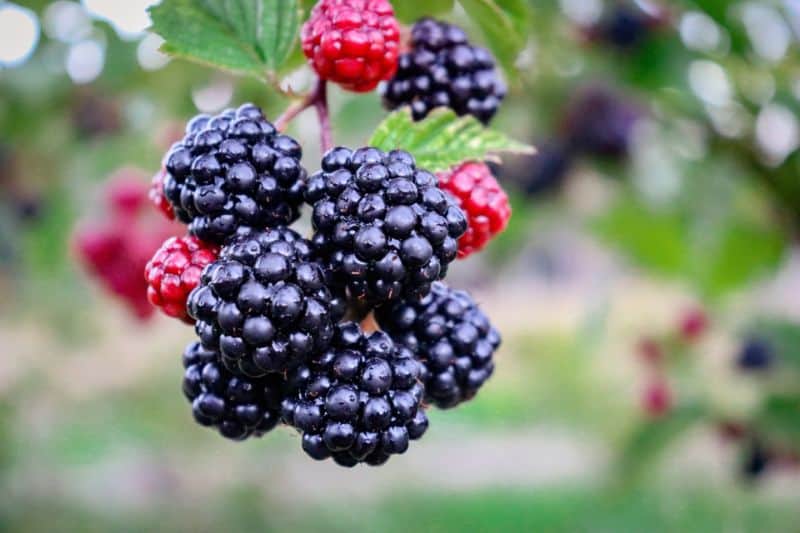
Before diving into the specifics of when to plant blackberries, it’s vital to understand the different types of blackberry plants available. Blackberries mainly fall into two categories: erect and trailing varieties.
Erect Blackberries: These varieties have a more upright growth habit and typically need less support. They are perfect for small gardens and can often be grown as stand-alone bushes.
Trailing Blackberries: These plants have long, arching canes that spread out, requiring trellising for support. They generally produce more fruit in a smaller area, making them suitable for larger spaces or controlled environments.
Each variety has its unique planting and care requirements. Understanding these differences helps determine the best time for planting, as the timing can vary slightly based on the growth habits and regional climates.
The Best Time to Plant Blackberries
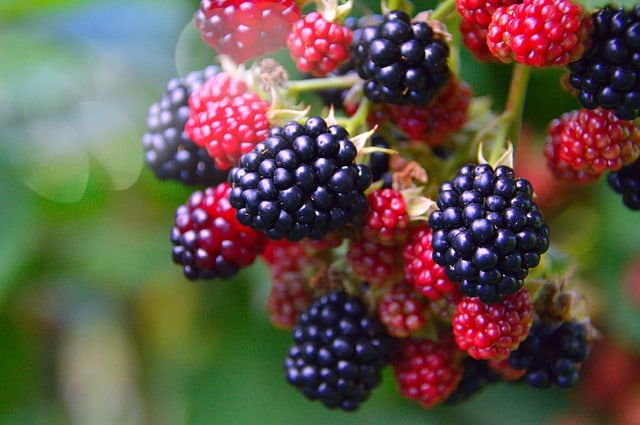
Spring Planting
For many regions in the United States, planting blackberries in the spring is highly recommended. The ideal time is typically after the last frost date in your area. Blackberries thrive in warmer soil, and spring planting allows the plants to establish their roots during the growing season, leading to better fruit development by summer.
Soil Temperature: Ensure that the soil temperature is consistently around 60°F to 70°F. You can use a soil thermometer to check the temperature accurately.
Date Considerations: If you live in a climate with mild winters, you can consider planting blackberries as early as mid-March. In areas with harsher winters, wait until late March or early April.
Fall Planting
Alternatively, fall is also an appropriate time to plant blackberries in certain regions, especially in the South. Planting blackberries in early fall allows the plants to establish strong root systems before the cold winter months set in. However, this timing is best suited for areas with milder winters.
Timing: If you choose fall planting, aim for anytime between late September and early October. This window allows enough time for the plants to root before frost hits.
Weather Considerations: Keep an eye on the weather. If an unexpected cold snap threatens, be prepared to protect your young plants with mulch or frost cloth.
Regional Considerations for Blackberry Planting
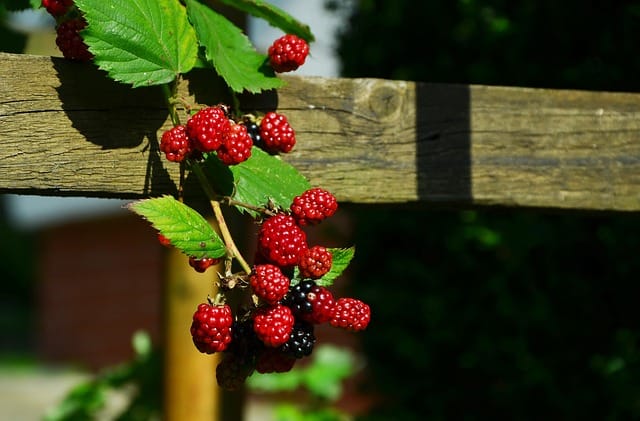
The decision on when to plant blackberries can significantly depend on your geographical location. Understanding the climate of your area provides valuable insight into optimal planting times.
Northern Climates
In regions with cold winters and short growing seasons—such as the northern United States and Canada—spring planting is generally best. The soil might still be cold in early spring, but it will warm up sufficiently for blackberry growth by late April or early May.
Southern Climates
In warmer southern climates where frost is infrequent, both spring and fall planting are viable. Spring planting will encourage vigorous growth leading into the summer, while fall planting will give your plants a head start for the next season.
Pacific Northwest
The Pacific Northwest is known for its unique climate—mild, wet winters and dry summers. Here, spring planting is recommended, but pay attention to late frost in early spring. A second option is to plant after the first summer heat, as this region often experiences extended seasons for growth.
Soil Preparation

Regardless of when you choose to plant, preparing your soil is paramount. Blackberries prefer well-drained, fertile soils rich in organic matter. Here are some steps to ensure your soil is ready for planting:
Soil Testing: Conduct a soil test to determine pH and nutrient levels. Blackberries thrive in slightly acidic soils with a pH of 5.5 to 6.5.
Amending the Soil: Based on your soil test results, amend the soil with compost, peat moss, or well-rotted manure to improve fertility and drainage.
Aerate: Loosen the soil with a shovel or tiller to enhance aeration, making it easier for the roots to establish.
Drainage: Ensure good drainage, as blackberries dislike “wet feet.” If your soil retains too much water, consider raised beds.
Finding the Right Location

Blackberries thrive in sunny locations, so choosing the right spot in your garden is crucial. Here’s what to look for when selecting your planting site:
Sunlight: Aim for at least 6-8 hours of direct sunlight daily to promote optimal fruit production and sugar development.
Wind Protection: Blackberries can be susceptible to wind damage given the size of their fruit-laden canes. Planting them near a fence or shrubbery can provide some natural protection against strong winds.
Space: Consider the space blackberries will require for growth. Trailing varieties need more room due to their sprawling nature, while erect varieties can be planted closer together.
Planting Techniques
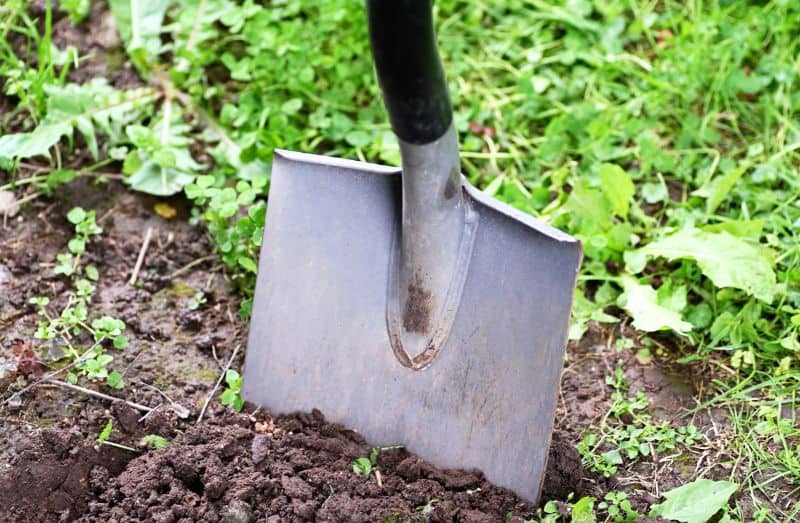
Once you’ve chosen the perfect time and location for planting, it’s time to delve into effective planting techniques. Proper planting ensures your blackberries establish well and thrive.
Steps to Plant Blackberries
Digging the Hole: Dig a hole that is wide and deep enough to accommodate the root system comfortably, typically about 18 inches wide and 12 inches deep.
Placement: Place the plant in the hole, making sure that the root crown (the part where the roots meet the stem) is level with the soil surface.
Backfill: Fill the hole gently with native soil, taking care to eliminate air pockets. Water thoroughly once filled.
Spacing: For erect varieties, space plants about 3-4 feet apart. For trailing varieties, allow for 5-6 feet of space in between each plant.
Mulching: Apply a layer of mulch around each plant to conserve moisture, suppress weeds, and regulate soil temperature.
Watering Needs

Understanding when and how to water blackberries post-planting is key to their establishment. Newly planted blackberries will have different needs compared to established plants.
Initial Watering
Right after planting, water your blackberries deeply to help settle the soil around the roots. Initially, water the plants every few days, especially during dry spells, ensuring the soil stays moist but not soggy.
Ongoing Watering Practices
Once your blackberries are established, their watering needs may shift:
Regular Watering Schedule: Generally, blackberries benefit from about one inch of water per week. Adjust according to rainfall, ensuring the plants receive consistent moisture.
Avoid Overwatering: Be cautious, as overwatering can lead to root rot. Allow the soil to dry out slightly between waterings.
Fertilization for Optimal Growth

Nourishing your blackberries is equally important for a successful harvest. Applying the right fertilizers at the right times plays a significant role in their growth and fruiting.
Initial Fertilization
After planting, you can apply a balanced fertilizer with equal parts nitrogen, phosphorus, and potassium (NPK). Typically, a 10-10-10 fertilizer works well.
Frequency: Apply this fertilizer around mid-spring as plants begin to actively grow. Follow manufacturer guidelines for how much to apply based on your soil’s needs.
Additional Nutrients
As the growing season progresses, consider supplemental feeding:
During Fruit Development: Use a fertilizer higher in potassium (such as a 5-10-10 mix) once the plants start to develop fruit. This encourages better flavor and larger fruit sizes.
Fall Fertilization: Add compost or a slow-release fertilizer in late summer to prepare your plants for winter and boost their vigor for the following season.
Pruning Blackberries for Longevity
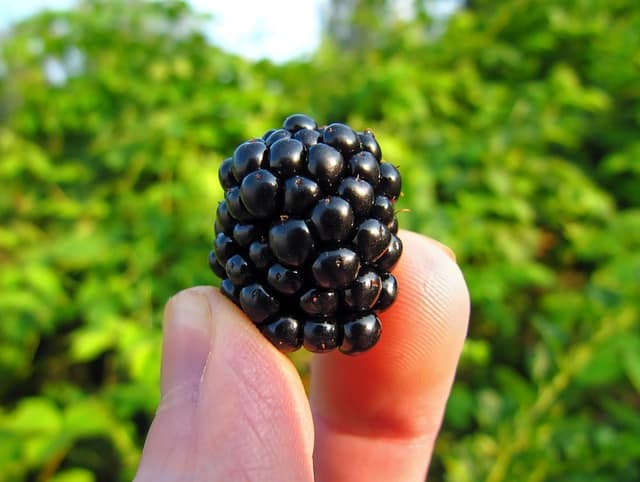
Inevitably, as your blackberries flourish, you’ll find that maintaining their structure is vital for long-term health and productivity. A good pruning strategy sets the stage for abundant yields year after year.
Timing
Late Winter/Early Spring: Prune blackberries during dormancy, usually between late February and early March. This timing allows you to remove dead canes before new growth begins.
Techniques
Remove Dead Canes: Start by cutting away any canes that appear dead or diseased.
Thin Out Canes: For erect varieties, prune down to 4-6 of the healthiest canes per plant to promote air circulation and reduce disease risk.
Tipping: If you want to encourage bushier growth, pinch the tips of new canes. This action diverts energy to lateral growth, resulting in more fruit.
Pest and Disease Management

No gardening endeavor is complete without addressing potential pests and diseases. Blackberry plants can be prone to issues such as aphids, spider mites, and diseases like crown gall or root rot.
Monitor and Mitigate
Regular Inspections: Regularly check your plants for signs of pest infestations. Look for any discolored or wilting leaves.
Natural Remedies: Introduce beneficial insects like ladybugs to combat aphids. If infestations are severe, consider organic insecticidal soaps.
Disease Prevention: Maintaining good air circulation and avoiding water on the leaves can help prevent diseases. Ensure you’re providing adequate spacing between plants to reduce humidity.
Conclusion
When it comes to planting blackberries, timing is crucial, and understanding your specific climate, variety, and plant care needs will significantly enhance your gardening experience. By strategically selecting the best time to plant, preparing your soil, and nurturing your blackberries, you’ll be well on your way to a fruitful harvest.





